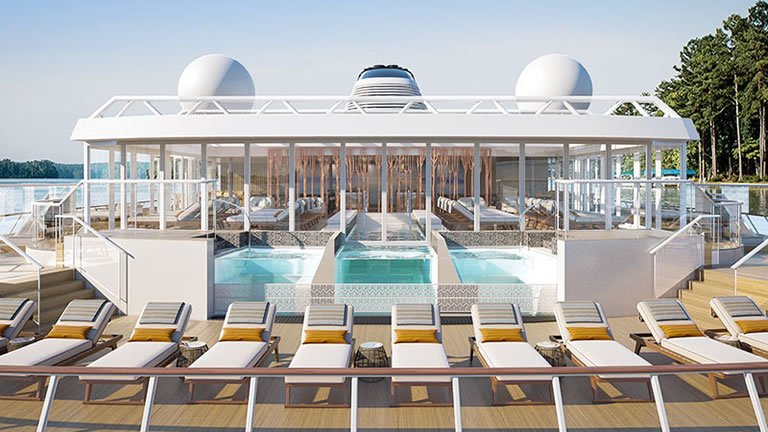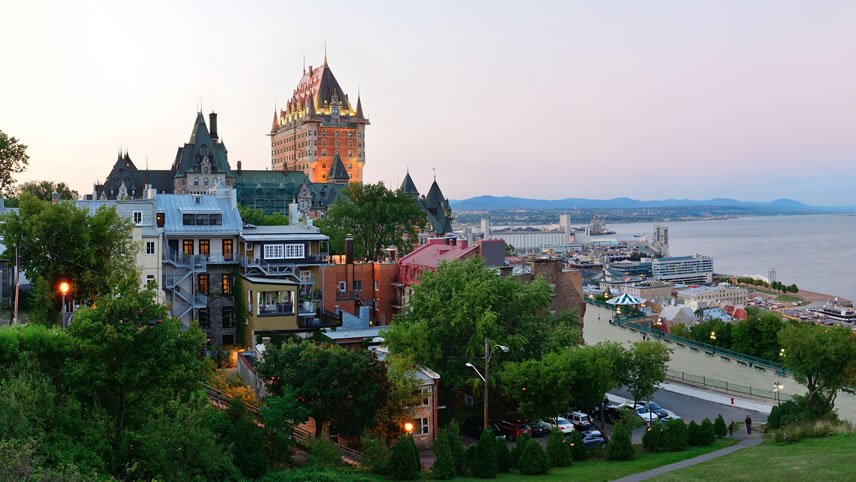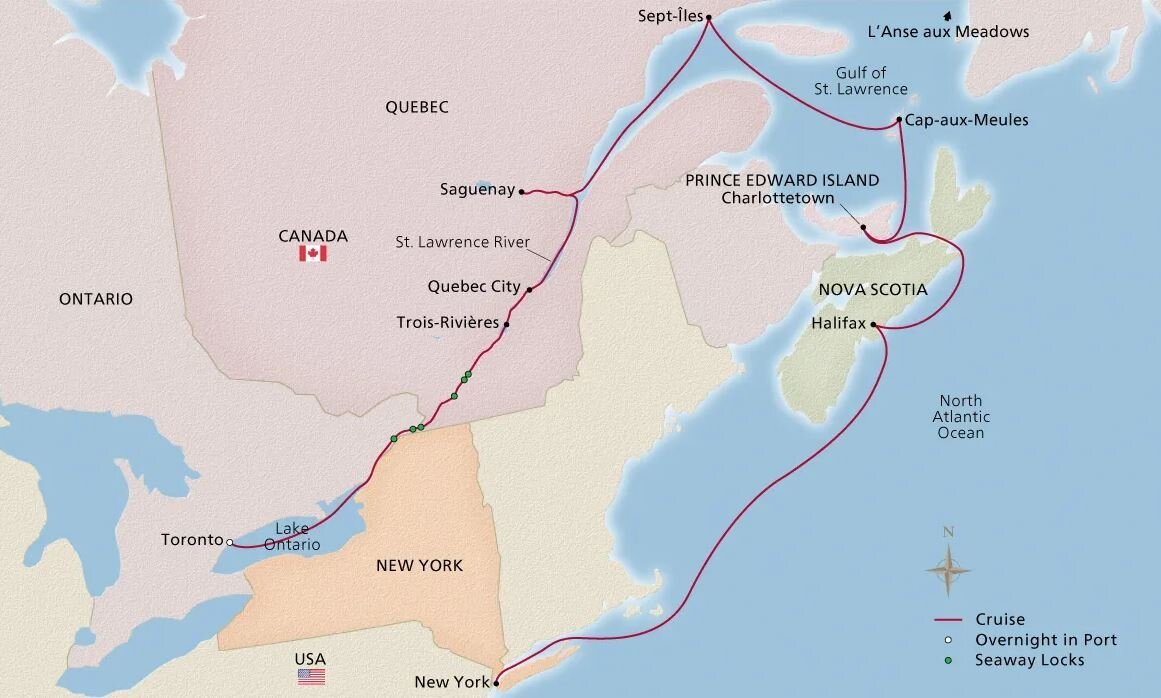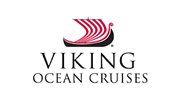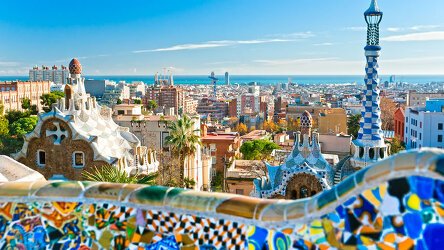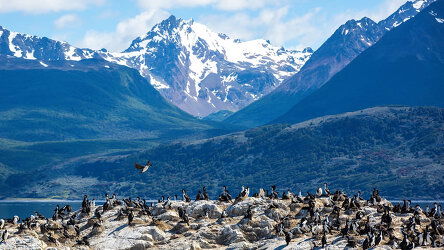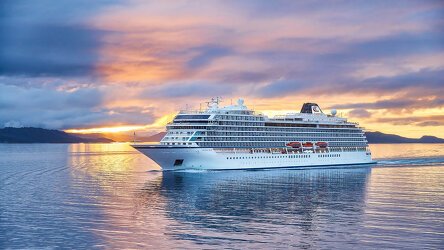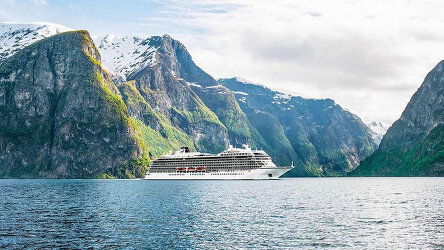Overview
Itinerary
Embark your ship and settle into your stateroom. New York City is at once romantic and exhilarating. From the robust streets of Lower Manhattan's financial district to the intimate warrens of Greenwich Village, the city overflows with culture, cuisine and architectural beauty. New York is for everyone. Music lovers marvel at Carnegie Hall or catch a 1920s-style jazz and blues show in Harlem. Romantics board a horse-drawn carriage in Central Park. Art lovers browse the Museum of Modern Art or the Guggenheim. And theatergoers attend the greatest shows in the world on Broadway, amid the glitter of Times Square.
Sail the Atlantic Ocean, divided in half, north to south, by the Mid-Atlantic Ridge. Longer than the Rockies, the Himalayas and the Andes combined, this underwater mountain range is the longest on Earth. Enjoy the amenities of your ship as you sail. Perhaps take a breath of fresh air on a brisk walk around the Promenade or begin your day with a workout in the well-equipped Fitness Center.
Halifax exudes a fine European air and lies along the edge of the Atlantic Ocean. Visitors by sea are greeted by the 1758 Sambro Island Lighthouse, the oldest surviving beacon in North America. In the harborside Historic Properties district, grand and charming stone buildings built in the 18th and 19th centuries grace the cobblestone streets. The city grew up around Citadel Hill, where Fort George protected the harbor. The fortress, along with the adjacent stately Halifax Town Clock, has been gloriously restored and preserved.
Sail legendary waters, where medieval Europeans believed “there be dragons” beyond the ocean's horizon. Soak up the views from the Finse Terrace, a unique outdoor lounge area named after a famous mountain plateau in south-central Norway. Relax amid your surroundings in comfort, with heated couches and lava rock 'firepits,' allowing you to enjoy the outdoors no matter the temperature, as you admire the dramatic scenery or expansive ocean vistas.
Prince Edward Island evokes the simplicity of Canada's maritime life, a fertile mix of fishing and farming. In the capital of Charlottetown, tree-lined streets shade restored 19th-century mansions and tidy green parcels dot provincial squares. The island has been molded by rich Scottish and French heritages, as evidenced by the traditional ceilidh, or kitchen party, that still unites friends and neighbors. Besides its picturesque landscapes, the island's biggest draw might be the farmhouse that inspired Lucy Maud Montgomery to write her famous novel Anne of Green Gables.
The village of Cap-aux-Meules—or Grindstone Cape—was named for the headland on Grindstone, one of Quebec's 13 Magdalen Islands. Its French moniker, rarely used in English, is nonetheless its official name. This is the second largest of the Magdalens by area, a low-lying expanse ringed by rugged shores that was inhabited by the Mi'kmaq tribe when they came on a seasonal walrus hunt. The first European to step on this land was Jacques Cartier in 1534. Today, some islanders are descendants of shipwreck survivors and live in houses built out of wood retrieved from the waters.
Sept-Îles—French for 'Seven Islands'—faces the Gulf of St. Lawrence from its northern shore. The city is named for the archipelago it faces. Basque fishermen arrived here to take advantage of the gulf's whaling and cod fishing followed in 1535 by Jacques Cartier, who called the archipelago the 'Round Islands.' Fur trade began during the following century. Before that, the First Nations Innu people called this area home for centuries and still today are a major cultural influence, embracing their spiritual bond with the natural world that surrounds their city on the water.
Saguenay is one of southern Quebec's most cosmopolitan cities. It consists of three boroughs: Jonquière, Chicoutimi and La Baie. Once neighboring towns, they were merged to form the present-day city in 2002. Except for some Inuit and Cree villages, there are no towns due north between Saguenay and the Arctic. Like so many Canadian cities founded amid woodland, Saguenay grew its pulp and paper trade with the late 19th century arrival of the Canadian National Railway. Since then, this resilient town has recovered from a great fire, a landslide and a flood.
Quebec City is by many accounts the most French city in New France. The Old Town's centerpiece, the magnificent Château Frontenac, seems transported from the palatial landscapes of the Loire Valley, and its French-accented streets lead past white-stone buildings that evoke old-world medieval villages. The only remaining walled city in North America outside of Mexico, Quebec City was fortified in the 17th century soon after its founding in 1608. Its strategic setting on the rocky promontory of Cape Diamond gave troops a close view of the St. Lawrence.
Trois-Rivières is the cultural center of Quebec's Maurice region. This picturesque city was established in 1634, the second—after Quebec City, in 1608—to be permanently settled in New France. With its strategic location, it played an important role as all eyes looked west to trade fur with the First Nations peoples. “Three Rivers,” the city's anglicized name, is located at the point where two islands in the Saint-Maurice River break the waterway into three channels before it spills into the St. Lawrence. Today, stately century-old buildings form the core of the Old Town.
A brilliant feat of engineering, the St. Lawrence Seaway comprises a series of locks, canals and channels that allow ships and goods to travel from the Atlantic Ocean up the St. Lawrence River to Lake Superior. Seven locks point the way between Montreal and Lake Ontario, detouring past rapids and several dams. The 27-mile Welland Canal lifts ships over the Niagara Escarpment to Lake Erie, sidestepping Niagara Falls. The Canadian-and American-operated waterway is known locally as “Highway H2O” for the traffic and trade it allows.
Toronto is beloved by many as one of Canada's boldest and most innovative capitals. Hugging the shores of Lake Ontario and facing the picturesque Toronto Islands, it was founded by British loyalists fleeing the American Revolution in 1793. Today the city is a pleasure to explore on foot, whether strolling past the Victorian bay-and-gable homes of Rosedale, or the historic enclave of Wychwood Park, an Ontario Heritage Conservation district. The city's Distillery District is home to North America's largest preserved collection of Victorian industrial architecture.
Toronto is home to a wealth of diverse cultures that each bring their own customs, traditions and food to this cosmopolitan city. More than half of the population were born outside of Toronto and the city's districts represent all corners of the globe; Greektown, Little Italy, Koreatown and Chinatown offer a literal taste of the city's renowned ethnic communities. One of Toronto's historic treasures is St. Lawrence Market, which first operated here in 1803. Today, everything from fresh farmers produce to antiques grace the stalls of its vendors. After breakfast, disembark your ship and journey home.
Life Onboard Viking Octantis
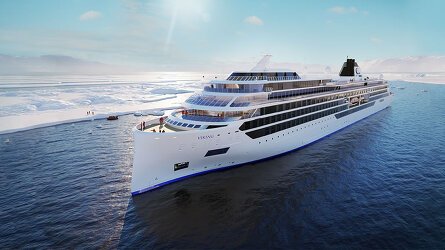
Launching in 2022, the Viking Octantis is Vikings' newest expedition ship, part of a fleet of award winning, state of the art ships built for exploration in sensitive environments. Read more
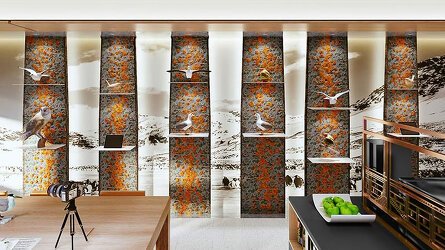
Viking are destination experts. With no casinos or children on board, you can be assured that the focus is firmly on enrichment and education. Read more
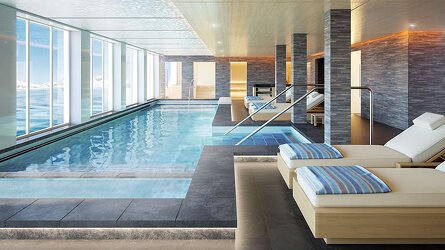
After a day of exploration or just to enhance the relaxation of a day at sea, the on-board Spa will leave you feeling recharged and revitalized. Read more

Viking offer six on board dining options. Beer, wine and soft drinks are available with lunch and dinner at no additional charge of fee. Read more
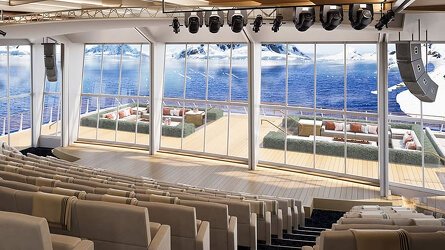
Viking proudly includes all that you need and nothing you do not. A variety of features and services are standard inclusions on your cruise. Read more

Viking include one complimentary shore excursion in every port of call. Enjoy included experiences around the world. Read more

Viking Polaris Reviews (1) Most Recent 'Viking Polaris' Reviews
Brochure
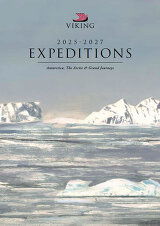
Viking Expeditions (2025-27)
Availability Click on prices below to view cabin upgrades and details
Tour & cruises prices are per person. Prices shown have savings applied, are subject to availability and may be withdrawn at any time without notice. Pricing and trip details are correct at this point in time, however are subject to confirmation at the time of booking and are subject to change by Viking. For cruise itineraries, cabin images are sourced from Viking. These should be treated as indicative only. Cabin inclusions, upholsteries and room layout may differ to the image(s) shown depending on the ship selected and your sailing dates.

